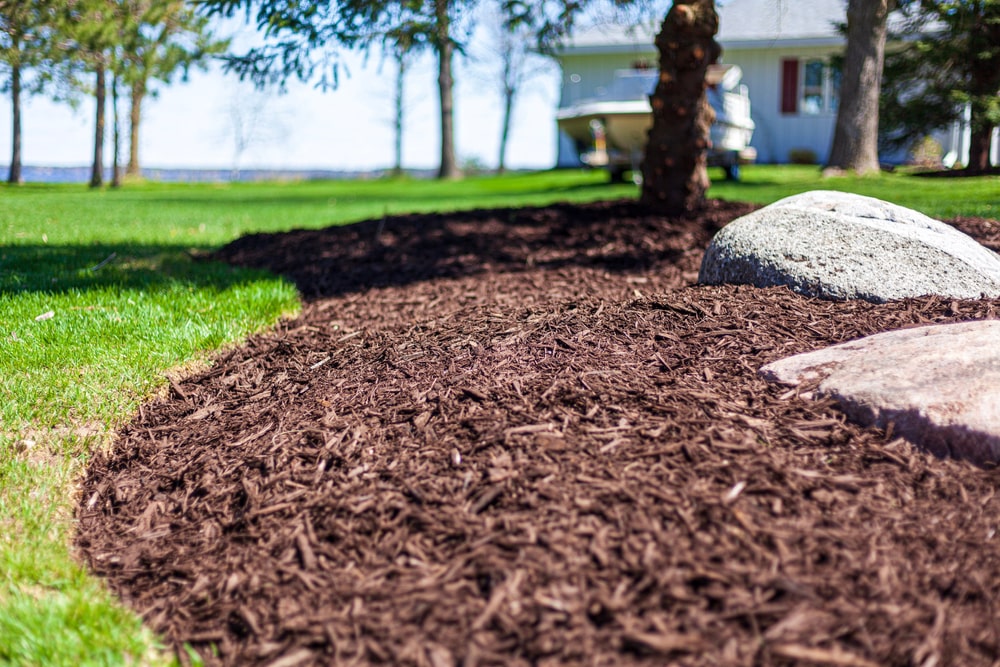TOO MUCH OF A GOOD THING IS BAD FOR YOUR SHRUBS AND TREES
Happy April to everyone! A couple of weeks ago, we had our MULCH MADNESS sale. Thousands of bags of mulch were sold. It is such a popular event. And it is timely, too, because now is a prime time to apply fresh mulch to the landscape. Spring is in the air, and this includes the fresh smell of mulch.
Proper mulching in our landscape serves a few primary purposes: it helps control weed growth within your landscape beds, helps the soil stay shaded and retain moisture longer, and adds organic matter to the soil.
For the health of our plants, we need to apply mulch properly around them. If you listen to me, you know I stress that mulch should be no deeper than 2 to 4 inches. Any thicker than we could be reducing the amount of oxygen getting to the plant root system. Oxygen is vital for the health of the plant. Too often, we see MULCH VOLCANOES. This is where mulch is piled up high against the trunks of the trees and shrubs. These mulch volcanoes are frequently a foot to two feet high. What is also happening is that all this mulch is up against the trunk of the plants. This mulch is now trapping moisture against the plant’s bark, causing the bark to soften, decay, and rot. When this happens, the plant’s health is in jeopardy.
Here is a tip: Add PREEN to the ground before mulching. Preen will help reduce weed growth by creating a barrier for growing weeds. Mulch and Preen is referred to as “a one, two punch against weed growth,” thus reducing or eliminating the need to spray weeds with a herbicide.
HAPPY SPRING / HAPPY MULCHING / ENJOY THE FRESH SMELL WHILE IT LASTS!!!!!

